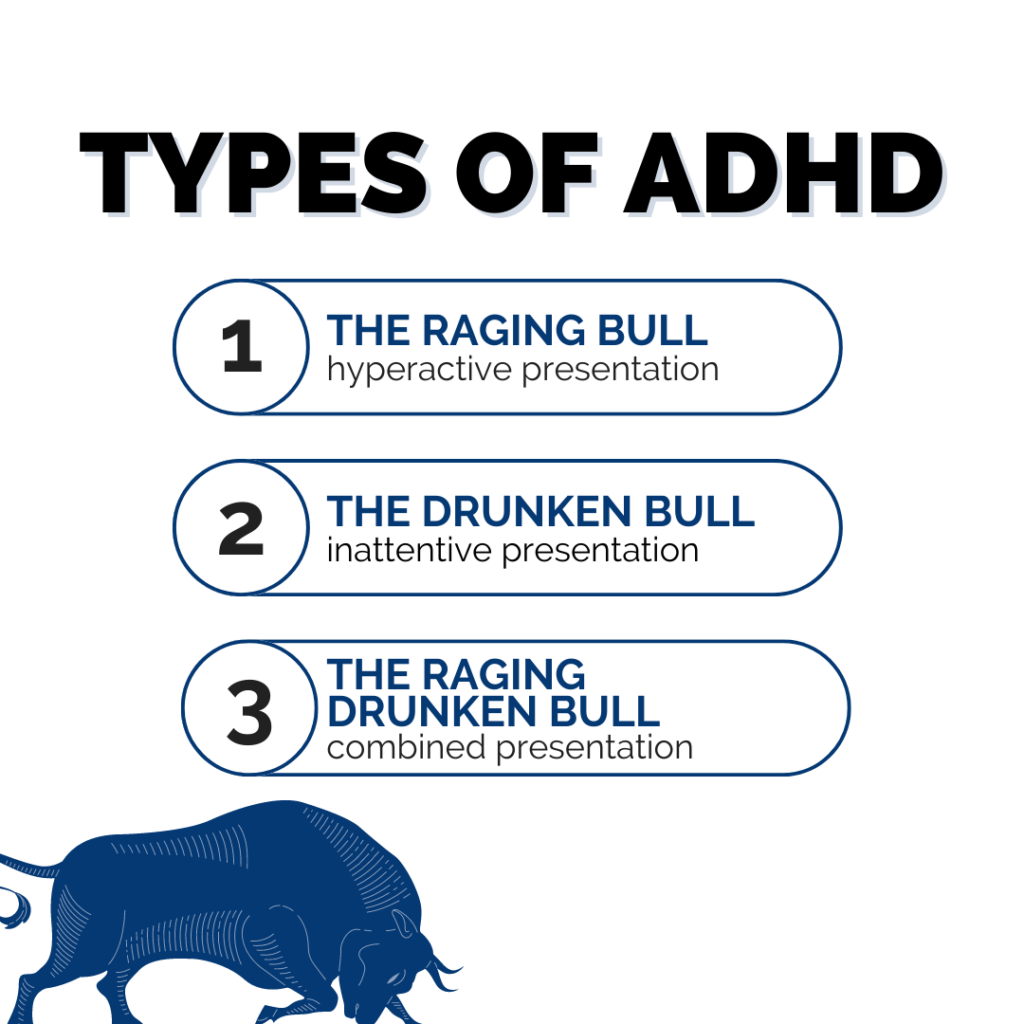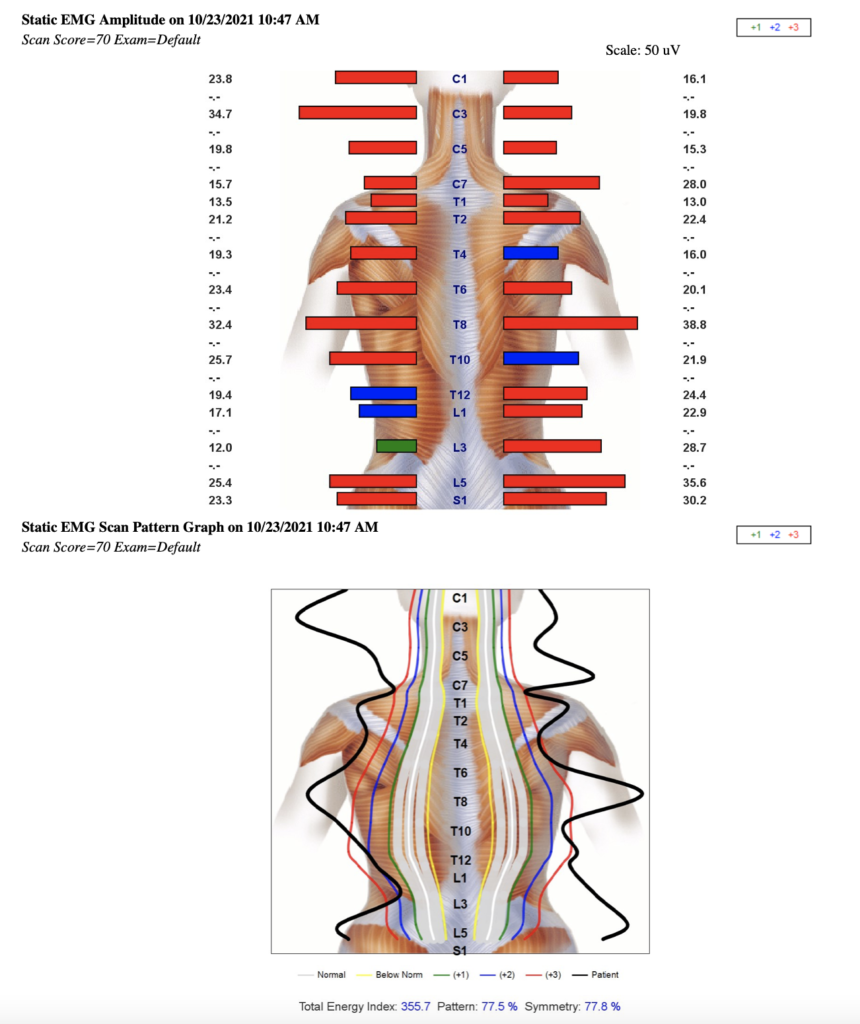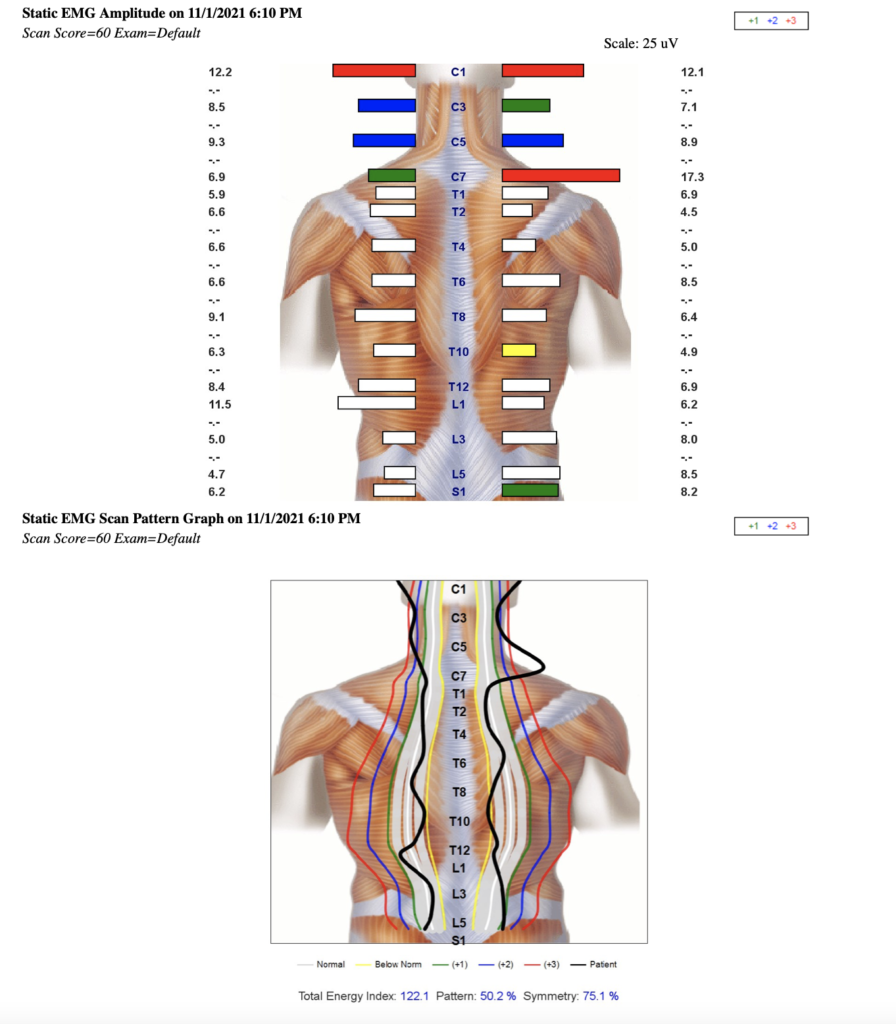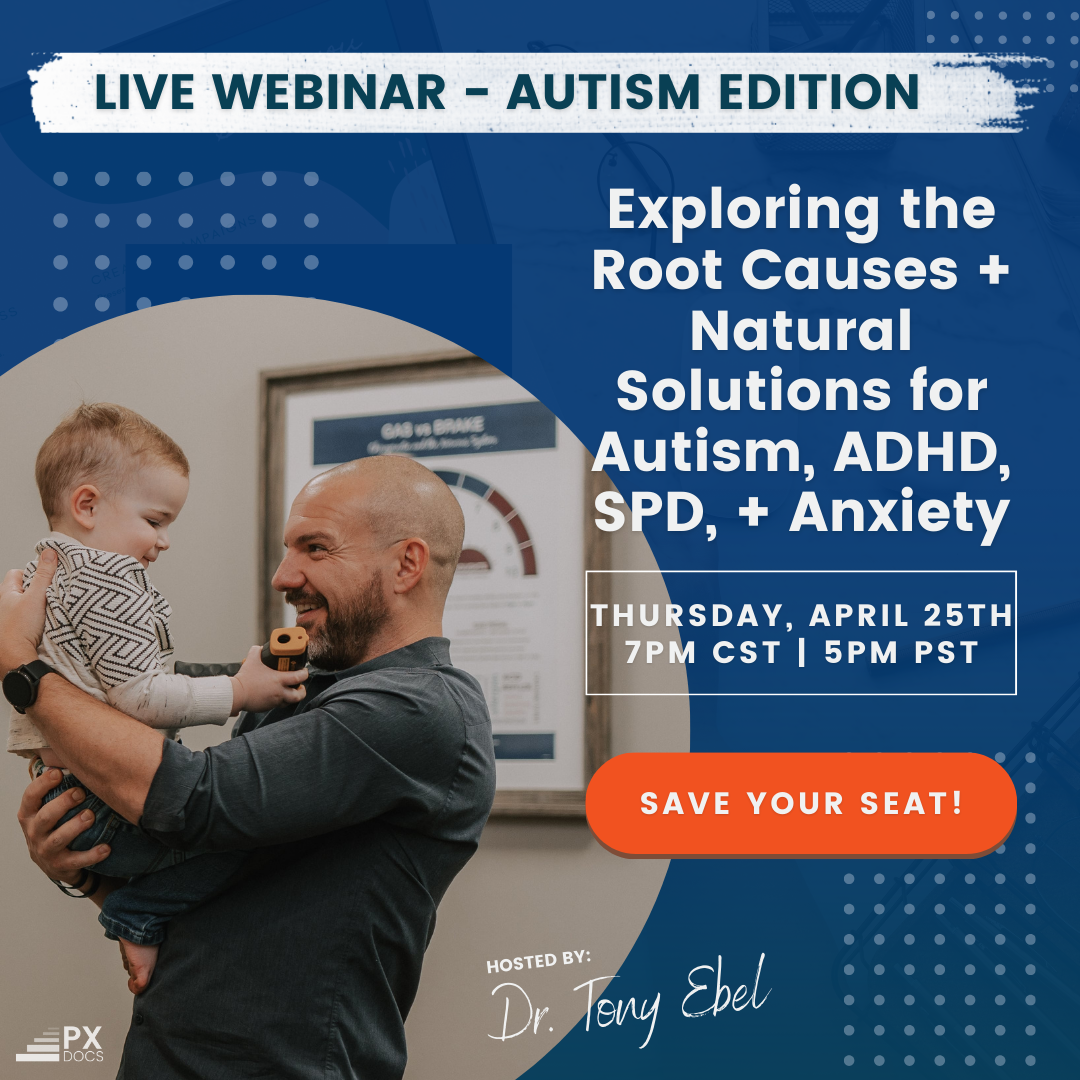Every single morning, in my prayers, I thank God for giving me ADHD. I’ve got all the symptoms of ADHD and have taken every type of ADHD test and survey to confirm the diagnosis, yet I’ve got none of the struggles.
In this article, I will break down two very crucial elements of ADHD. First, how to find out if you really do have it with an ADHD Test, and more importantly, what causes the struggles. Second, how you can turn ADHD from a struggle to a superpower.
Growing up on a farm in rural Iowa a generation ago, there was no conversation about ADHD, and there certainly were no ADHD tests. I suppose I was simply looked at as a pain in the butt by my parents and teachers.
I was that kid who could sit and take a test with no problem, finishing it before the rest of the class was even halfway through and getting an A every time. But I was also that kid who couldn’t sit still for even half the class and didn’t turn in half of my assignments on time (or ever).
Without a doubt, millions of kids and adults alike struggle with ADHD but don’t really know it yet. In turn, millions more have been diagnosed and likely tried multiple medications and therapies and still struggle (or suffer from terrible side effects). This article will help you know exactly where to get started no matter where you and your child may be currently!
The Types of ADHD
I most certainly am the “combined” type of ADHD, having elements of both hyperactivity and inattentiveness. After 15 years of specializing in drug-free care for kids and adults with ADHD, this is absolutely the most common type.
However, if we narrow the age down to below age 5, the impulsive and hyperactive type of ADHD is by far the most common. We’ve lovingly nicknamed these kiddos “Raging Bulls” because they simply charge through life going 100 mph at all times and seem to have “busy brains” that don’t like to slow down, stop, and sit still.
Conversely, the “drunken bull” child is a type of ADHD that doesn’t really display any hyperactivity or impulsiveness but simply gets easily distracted, off track, and disorganized. This type of ADHD doesn’t really show up until the child is a bit older and often, this child is thought of as just being lazy and unmotivated.

But Is It Really ADHD? Take the ADHD Test
The reason I know God gave me ADHD is to help other people and parents really sort out the answer to this challenging question that plagues us all in the ADHD world. So, I’m going to get you the answer from both a personal and professional perspective.
Heck yes, it’s real!
But in the same breath, please hear me when I say — it does NOT need to be a struggle.
The first step is to get the right kind of ADHD test and evaluation, then sort out exactly what’s triggering and causing the struggle, and lastly, get the right kind of care plan in place to transform it from a battle to a strength.
This 3-step process might just be the most critical element of this article.
- Get the right kind of ADHD test and evaluation for your child (or for yourself)
- Find out exactly what’s causing the ADHD Challenges
- Get a personalized, customized, drug-free Care Plan to lessen the struggles and maximize the strengths of ADHD
I honestly could not be more thankful for my ADHD! I get more done by 7 AM than most people do in a week, thanks to the care and strategies that we’ll lay out in this article.
You can read more about the PX Docs Clinical Process here.
Which ADHD Test is Best?
Having taken all the traditional medical tests and surveys and having done all of the computerized testing options available as well, I can say assuredly that the INSiGHT Neurological Scans and testing we use inside PX Doc offices are by far the most valuable and helpful.
That’s because it doesn’t focus solely on labeling and categorizing the type of ADHD and Sensory Processing Disorder challenges a child (or adult) is struggling with, but more importantly — it measures and shows exactly what’s causing them.
Our INSiGHT Neurological Tests measure the exact amount of distress, dysfunction, and disorganization within the Central or Autonomic Nervous System (i.e., Brain Body Connection). There are three (3) main components of the exam, but for this article, we’ll focus on the EMG technology to give you the best picture and understanding of ADHD.

The above is an example of an EMG Test and Scan on a 3-year-old classic “Raging Bull” ADHD case. This child was also diagnosed with Autism Spectrum Disorder, Sensory Processing Disorder, Apraxia, and Constipation.
The metrics to focus on with this type of ADHD test are what is termed as “Total Energy Index” — and for this child, it’s 355.7 when ideal, and optimal is 150 or less for her age.
But inside PX Docs offices, we do not focus on the diagnosis, and we do not look to treat the symptoms or condition. We simply look deeper into the exact level and location of dysfunction (subluxation) in the autonomic nervous system and put a plan together to unwind, calm, and reorganize that autonomic function without drugs.

The key metric we focus on with this type of ADHD test is the middle number below the scans, called Pattern. This child has a 50.2, where 100 is ideal and optimal neurological organization and function.
Who Is This ADHD Test For?
Our ADHD test is very simply designed for any person who believes they could benefit from taking an ADHD test. If you struggle with some of the symptoms of ADHD and are looking for answers, then you should take this test. There is no specific age group or demographic in mind that will benefit more than any other. While we at PX Docs do tend to focus on children, we know there are so many adults out there living with ADHD without even realizing it. We’ve focused on creating a test that can help anyone find the help they need.
Take Home Message and Action Steps
Traditional online and medical surveys are simply not enough because they do not look deeply enough into what is actually causing and creating ADHD symptoms and struggles.

This is why so many ADHD treatments and strategies fail to get the sort of results parents and patients are seeking. If your ADHD test doesn’t look to find the cause but only tracks and measures the symptoms, then you’ve only solved half the problem (if that).
Our clinical approach and care plans start with these INSiGHT Scans because that is exactly how we determine which type we are working with and how severe the neurological imbalance is. Then, from there, we can determine the exact, personalized care plan that a child (or adult) needs to transform their ADHD from a struggle to a superpower!
No other health provider out there takes this approach, looking this deep into the function of the brain and nervous system.
Read Noah’s Story of Hope and then get started today for your child. Check out our PX Docs directory and find your local doc who can run INSiGHT Scans on your child and help form that exact personalized, drug-free care plan your family deserves.
Dr. Tony Ebel, DC, CACCP, CCWP
Certified Wellness + Pediatric Chiropractor






